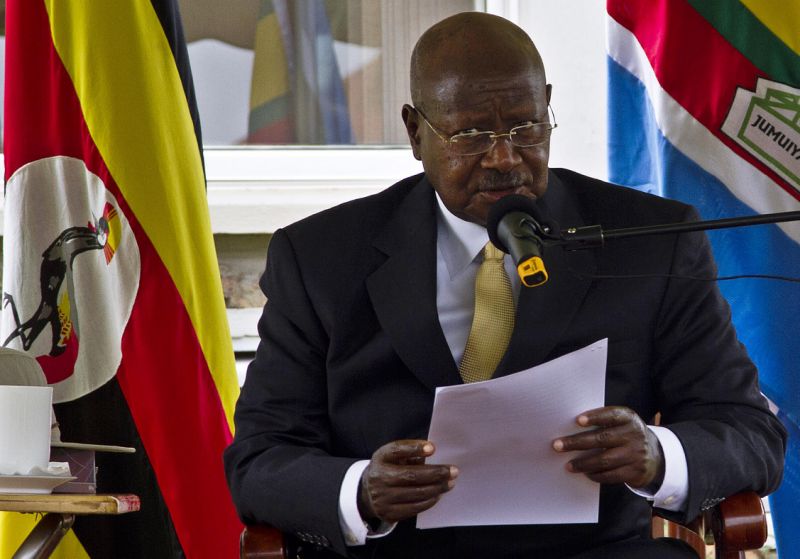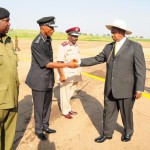‘Going back to my roots… yeah… to the place of my birth…back down to earth…’ the lyrics of a 1981 song by New York singing group Odyssey somewhat go.
In the same year, precisely on February 6, 1981 Mr Museveni set off for the jungles of Luwero, where he waged a five-year armed struggle against the Uganda Peoples Congress (UPC) government of Dr Apollo Milton Obote (RIP) and later the six-month short-lived government of General Tito Okello Lutwa, culminating in the capture of power by the National Resistance Movement/Army (NRM/A) on January 26, 1986.
Then, on January 29, 1986 Mr Museveni swore in as president, later appointing a team of 48 men of diverse political persuasions to serve as ministers in his first government, with the exception of members of the UPC.
Perhaps, those conversant with Uganda’s immediate post-1986 political terrain might find it easy to link President Yoweri Museveni’s cabinet announced yesterday to a new dispensation that has all the political designs of the ‘old man with a hat’ going back to his 1986 roots.
Indeed, the nature of composition of the new cabinet named yesterday is a near replica of the one Mr Museveni appointed 30 years ago when, as a 42 year-old guerilla leader, he named a cabinet with names of people drawn from almost all the diverse backgrounds of the country in order to try and reverse the ‘bad politics’ that had reportedly given rise to social vices like corruption, nepotism, tribalism and disunity, all leading to a near-break down of the Ugandan social fabric.
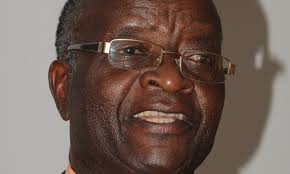
So, in a bid to reverse the near perilous situation, in the 1986 cabinet were names of long-serving politicians, both drawn from the ‘opposition’ and those linked to the new government; the ‘emerging politicians’ including those who belonged to the Mr Museveni’s former party, the Uganda Patriotic Movement (UPM) like Dr Crispus Kiyonga and Jaberi Bidandi Ssali; technocrats and men and soldiers of the then victorious National Resistance Movement/Army (NRM/A), all cobbled together to form the ‘broad-based government’.
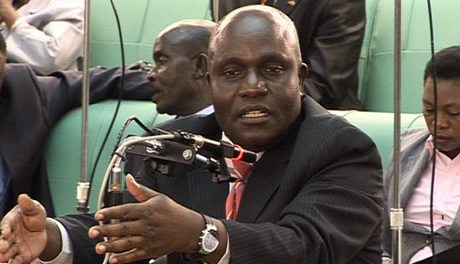
For instance, in the 1986 Museveni cabinet the people who represented the NRM/A included among others Dr Samson Kisekka; Eria Kategeya; James Wamboga Wapakhabulo; Dr Ronald Bata; Dr Zac Kaheru; Sam Kalega Njuba; Al Hajji Abubaker Kakyama Mayanja; Chango Macho w’Obanda and Balaki Kirya (all deceased).
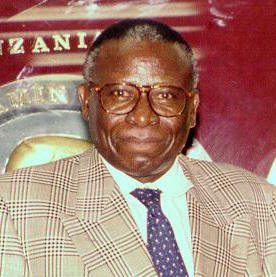
At the time the politicians who represented the ‘opposition’ in cabinet included among others Dr Andrew Kayiira (RIP) of the Uganda Freedom Movement(UFM); Dr David Lwanga (RIP) of the Federal Democratic Movement of Uganda (FEDEMU); and Mr Paul Kawanga Semogerere and Mr Evaristo Nyanzi (RIP), both of the Democratic Party.
Then there was the group of technocrats allied to the NRM including among others Prof Ponsiano Mulema (DP); Justice Joseph Mulenga (DP); Prof Yoweri Kyesimiira (DP); Dr Shem Masaba; Abbey Kafumbe Mukasa (DP); Prof Stanley Tumwiine; John Baptist Kawanga (DP) and Engineer Dan Serwano Kigozi.
During their tenure as ministers, the political mix that was Uganda in 1986 under the broad-based government ensured that the social malaises that had previously been obtaining were reduced, and the country once again emerged as a functional entity: Corruption was minimized; tribalism and nepotism were anathema, while linear and lateral economic and social development undertakings became the rallying clarions for Uganda under the new political dispensation.
Fast forward to 2016, the country has not progressed as most Ugandans would want it to be, and that has possibly informed President Museveni’s choice of new ministers; those that he thinks might have the potential to unlock his 1986 strategies to put Uganda on a better pedestal. Of course, this is not to wit that the outgoing cabinet did not do enough!
Needless to say, there are 35 ministers who were not retained, representing about 50% of the outgoing Cabinet and this does not project a very good image.
Representation:
The Constitution of Uganda engenders the President to appoint ministers and other public office holders, taking into account the diverse interests that include among others region of origin/tribe, religion and gender.
Women representation:
For the first time since the 1995 Beijing Conference that paved the way for women to occupy at least 30 per cent of the decision-making positions in governance, Mr Museveni has this time surpassed the UN Economic and Social Council threshold by appointing 26 women out of the 81 ministers and this represents 32.5 per cent.
Among the women named to key ministries is Janet Kataha Museveni, the President’s wife who moves to Education and Sports; Irene Muloni at the energy ministry; the youthful Dr Jane Ruth Aceng at the health ministry and Betty Olive Kamya Namisango, who is to head the Ministry for Kampala Affairs under the President’s Office.
Regional representation:
Under the new cabinet composition, the Central region has 17 ministers; the greater western region 26 ministers; the greater eastern region has 19 ministers, the greater north has five ministers, while the greater West Nile region has eight ministers.
Viewed from the above perspective, one may be tempted to think that the representation is not fair. However, given the tribal demographics, it is safe to say that the composition is representative of the various interests of the people in the said areas.
New faces:
The new cabinet has 36 new ministers; the biggest change of cabinet faces since 1986. The new faces represent a cross-generational aspect that is inclusive of the elderly like Hajji Nadduli; the upper middle aged like Lt Gen Henry Tumukunde, Eng Azuba Ntege, Joy Kabatsi and Betty Olive Namisango Kamya to the youthful ministers like Dr Aceng, Evelyn Anite and Dennis Ssozi Galabuzi.
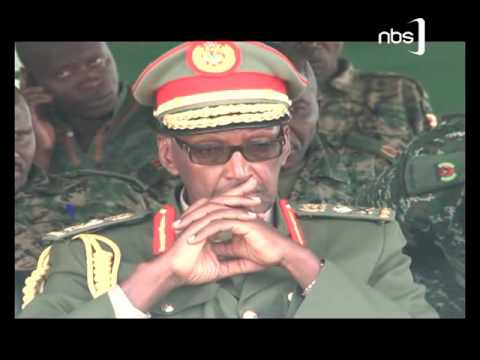
Bouncing back:
In the new cabinet Mr Museveni has brought back seven former ministers who have previously served under him at different times and these include Dr Kasirivu Atwooki, Hajjat Janat Mukwaya, Col (rtd) Tom Butime Rwakakaira, Eng Simon D’Ujanga, Aggrey Bagiire, Isaac Musumba and Jennifer Namuyangu.
Of these ‘cabinet returnees’, Col Butime and Hajjat Mukwaya are representative of the historicals of the bush war that brought the NRM government to power in 1986, while the rest were progressively incorporated in the NRM but had been rejected by the electorate in previous elections.
Political ping pong:
Of course, with all cabinet appointments there will always be several political observers giving opinions as to what might have informed Mr Museveni’s decision to name particular people to the portfolios they are to hold.
For this particular cabinet, some observers have opined that Mr Museveni sought to wean the NRM off the former Secretary General Mr John Patrick Amama Mbabazi, who until last year had enjoyed a privileged political career under Mr Museveni and the NRM spanning three decades, the envy of most party supporters.
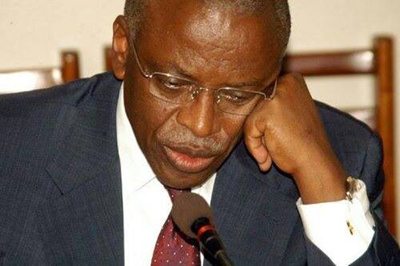
According to the pundits Mr Mbabazi had during that time used the NRM as a vehicle to build a well knit support base within the ranks of the party, which he intended to use to gun for presidency.
As such, the downfall of Mr Mbabazi last year is reportedly responsible for the missing scalps in the outgoing Museveni cabinet. Interestingly, it is also Mr Mbabazi’s unceremonious shunting from the NRM that is responsible for some of the faces that grace the new cabinet and among these is Evelyn Anite, the newly-named Minister of State for Privatisation and Investment.
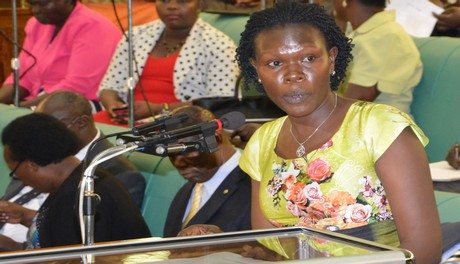
Another name that surfaces allegedly due to intra-party acrimony and infighting is that of Jennifer Namuyangu, who reportedly had a score to settle with former Kibuku MP Lt Saleh Kamba.
2016 elections:
Following the fall out between Mr Museveni and Mr Mbabazi, it was clear to many that the elections of 2016 would, in many ways, become a turning point for many politicians of the ruling NRM party.
Against such a background, the retention in cabinet of people like Maj Gen Severino Kahinda Otafiire, Gen Jeje Odong, Lt Col Bright Rwamirama and the inclusion of Lt Gen (rtd) Henry Tumukunde came as no surprise to political observers ostensibly because the four represent the military-political continuity of the NRM.
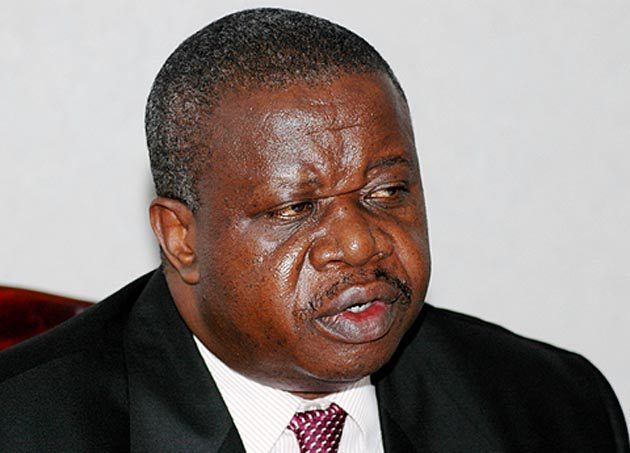
Similarly, the exit of those reportedly allied to Mr Mbabazi was inevitable and might be the fundamental factor as to why almost half of the new Museveni cabinet, 35 ministers were dropped!




